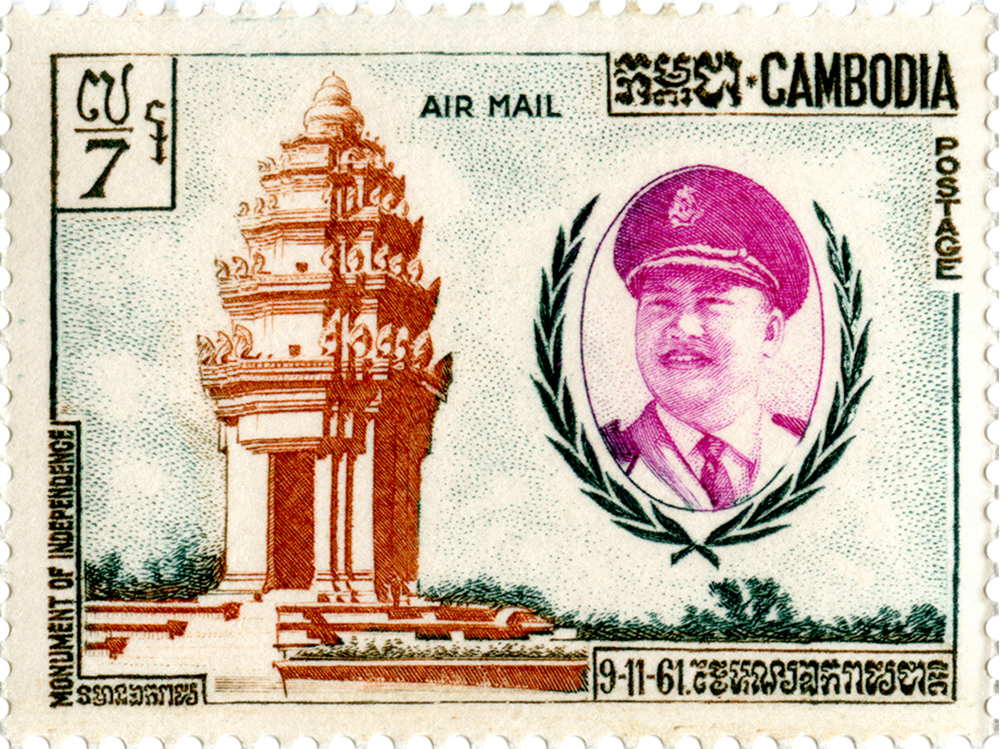
About Phnom Penh
Phnom Penh is the capital and largest city of Cambodia, located in the south of the country. Cambodia lies on the Gulf of Thailand between Thailand, Laos, and Vietnam. Established in the 14th century, Phnom Penh now has a population of over 2 million people and extends over nearly 700 square kilometres.
In 1863 Cambodia came under French domination and later became part of French Indochina. In 1953, the country gained independence from France. In the years that followed, the country embarked on an unprecedented modernization under the leadership of Prince and Head of State Norodom Sihanouk. Accompanying this modernisation drive was the commitment to an architectural language that seemed appropriate for the young emerging country. The new Cambodia was built in a style merging western modernism with Khmer traditions – aptly named “New Khmer Architecture”. During this time, not only architecture, but also music, dance, literature, and film set out for new horizons, and helped to shape the myth of a country, that, for a brief “golden age” had regained its former Angkorian grandeur, with Phnom Penh at its centre.
All this ended with the deposition of the head of state, Norodom Sihanouk, in 1970. In the years that followed, Cambodia sank into chaos: the Vietnam War raged at its borders and within the country itself, and the emerging civil war drove the rural population into the arms of the Khmer Rouge. On April 17, 1975, the Khmer Rouge invaded Phnom Penh and took over the country. In 1978, Vietnamese troops invaded the country and ended the Khmer Rouge regime. Cambodia remained occupied by Vietnam for ten years. After 1989, a peace agreement was signed with the participation of the UN, and was followed by the reconstruction of state structures. This interim period ended in 1993 with a new constitution and the restoration of the monarchy. Cambodia has since made significant progress in the fight against poverty and underdevelopment and is now one of the fastest growing economies in the world. Prime Minister Hun Sen has been in office continuously since 1985.
SEAM Space Phnom Penh: Folding Concrete
The SEAM Space Phnom Penh was curated by Sereypagna Pen and Lyno Vuth. Their contribution Folding Concrete drew out multiple narratives, perspectives, and positions, opening up arenas of speculation that reimagine Cambodian modernities anew.
Information on the programme in Phnom Penh can be found here.
